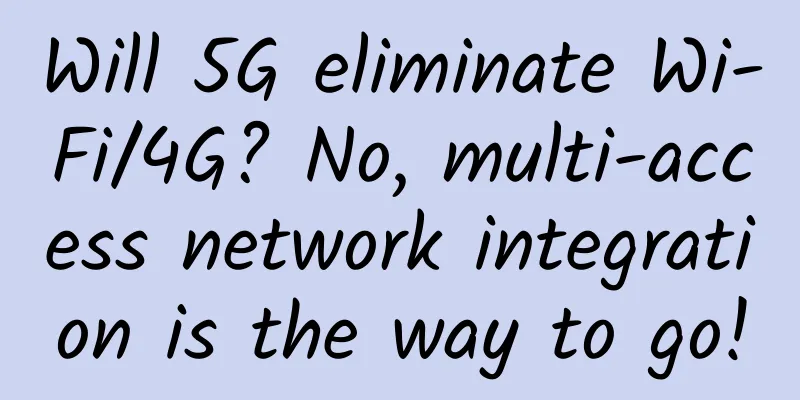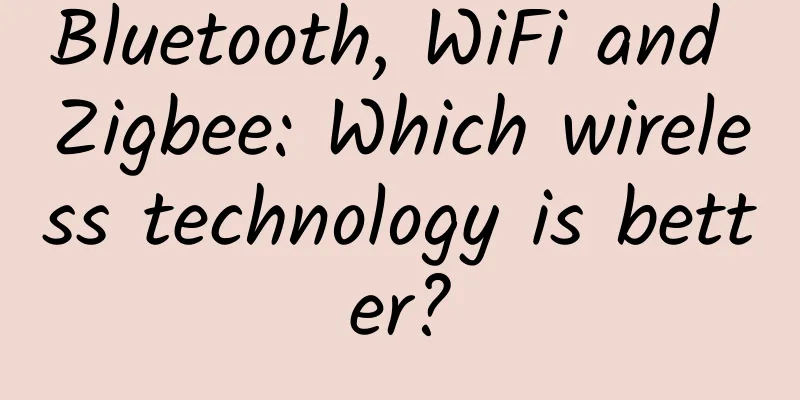Unveiling the mystery of MPLS, do you know all this?

|
Before formally learning MPLS, let us review the IP forwarding principles that we have repeatedly learned in NA and NP. In the above figure, during the process of PC-A and PC-B accessing each other:
The ARP query of the Layer 2 MAC address and the content of the rewritten data frame are omitted. In short: during the transmission of IP datagrams, the routing table is queried according to the destination IP address, and the outbound interface is obtained to send the data. The source and destination IP addresses remain unchanged, and the MAC address is rewritten hop by hop. The above is the IP forwarding principle that we are familiar with. For ease of understanding, we have hidden the real scene in the forwarding process, that is, when the router receives an IP packet, it actually queries the forwarding table (LIB) rather than the routing table (RIB). We need to review the working principle of exchange discussed in the NP exchange part. In the early days, the switching method used by switches when exchanging data frames was called process switching. All messages needed to be queried and processed by the CPU during switching, which resulted in the inability to improve switching efficiency. Subsequently, a new generation of switching methods emerged, which adopted the data flow switching method. We call the traffic with the same source and destination IP, source and destination MAC, source and destination port, and inbound interface the same data flow. When processing this data, the switch only needs to use the CPU to query the first message, and all subsequent messages are processed according to the switching method of the first message, which greatly improves the switching efficiency. Cisco has launched its own unique switching method based on the data flow switching method. In process switching, there is a problem, that is, the corresponding switching cache will only be generated after traffic is triggered. If a large number of different data flows are processed, the switching efficiency is actually as slow as process switching. In order to solve this problem, Cisco has optimized and improved it, using the idle resources of the switch to calculate the forwarding information of the data flow that may be received in advance and load it into the cache. When the data flow is received, the pre-cached forwarding information is directly used to process the message, realizing a true hardware-based switching method. Cisco calls this method Cisco Express Forwarding (CEF). Due to the high efficiency of CEF, Cisco has also transplanted this function into its new routing products, so now all Cisco devices that everyone can access have the CEF function. What we call the forwarding table is actually the CEF table. CEF means it is generated based on the routing table. Unlike the routing table, it does not have a large amount of recursive content. The CEF table shows which interface a data packet should be sent from next if it is matched. It is simple and efficient. For example, the following routing table (RIB): Routing will require recursive queries. And let's take a look at the CEF table (FIB): When the router is idle, it will calculate the forwarding information in advance based on the information in the routing table, and directly send the data packet destined for 4.4.4.4 from the outbound interface F0/0.
The above is what we learned about the IP forwarding principles in NA and NP, and here are some supplements. Next, we begin to unveil the mystery of MPLS and take a look at its inner workings. MPLS (Multiprotocol Label Switch) was originally a protocol proposed to improve the forwarding speed of routers. However, with the development of technology, the forwarding performance of equipment has become stronger and stronger, and its advantage of accelerating forwarding speed has gradually weakened. The design of nested multi-layer MPLS headers has become its most outstanding feature. Currently, it is mainly used in solving BGP routing black hole problems and MPLS VPN data forwarding. First of all, we need to have a general understanding of MPLS. When MPLS transmits messages, it inserts the MPLS header between the layer 2 frame header and the layer 3 header, so many people call it layer 2.5. Its message structure is much simpler than the IP header and much smaller, only 4 bytes (32 bits). The structure is as follows:
I believe TTL does not need to be explained I believe you will be able to remember such a simple interface after seeing it once. Similarly, the device will be more efficient in processing MPLS packets than IP packets. There are some professional terms that must be understood in MPLS.
Now that we know the above terms, let's look at how data is transmitted through MPLS and what the differences are between MPLS and IP: In the above picture, we need to solve several problems:
(1) How are labels generated?
(2) How do IP packets become MPLS packets? On the LER, push the label (the label of the route corresponding to the destination IP address of the IP message) (3) How are messages transmitted from source to destination?
There are several actions involved:
If there is no penultimate hop popping mechanism, and the label is popped on the last device, the LFIB table needs to be queried on the last device first to find out that the label needs to be popped. After the label is popped, it becomes an IP packet and the FIB table needs to be queried again, a total of two queries are required. However, after the label is popped on the penultimate hop device and becomes an IP packet, the last device only needs to query the FIB table once. These are the principles of MPLS. Next time we will continue to study the MPLS protocol. |
<<: "Resonance" Connecting Everything Ruijie Networks 2019 Internet Technology Summit Opens
>>: Network streaming media protocol - RTSP protocol
Recommend
Operators and Internet companies jointly promote customized SIM cards, not just a price war
In the competition among the three major telecom ...
5G R17 freeze time postponed for another half a year: What is the reason? What is the impact?
After two uncertain postponements, the 5G R17 fre...
TCP source code analysis - three-way handshake Connect process
[[386167]] This article is reprinted from the WeC...
QQ account stolen in 22 years, friends help verify but appeal is invalid: the confusion behind Tencent's authentication system
Recently, user Mr. Wang revealed to a reporter fr...
The three major operators released their third quarter financial reports. The transformation has been effective but there is still a long way to go.
Recently, the three major telecom operators have ...
The Implications of the ZTE Incident for Operators
Although the ZTE incident has not yet reached a f...
Five common enterprise Wi-Fi pitfalls that are often overlooked. Have you fallen into them?
Although wireless networks have been around for m...
Wi-Fi signals are invisible and intangible, but there are actually traces to follow
Labs Guide Have you ever encountered the phenomen...
100 basic network knowledge popularization, read it to complete half of the network master
This article is about popularizing 100 basic netw...
Average tariffs to drop by another 10%. Senior management has given operators another task target! Are you ready?
At this year's two sessions, the top leadersh...
Ericsson signs 5G SA agreement with Spanish telecom operator Masmovil
According to foreign media reports, Swedish suppl...
DediPath July Promotion: 50% off all VPS/HybridServers/Dedicated Servers, multiple data centers in Los Angeles/San Jose, etc.
DediPath has released this month's promotion ...
Global 6G market expected to reach $20 billion by 2028
In the dynamic world of telecommunications, the a...
Computer software: Recommend 10 practical office efficiency tools
[[395494]] 1. Everything search tool Everything i...
Don't let MAC address drift become your nightmare: practical protection and detection methods
Overview of MAC Address Flapping MAC address drif...









